Mahogany Lumber
- August 3, 2023
- 0 comment
Mahogany lumber is a prized hardwood renowned for its exquisite beauty and remarkable properties, making it a favorite among craftsmen and artisans worldwide. Derived from various species of the Swietenia genus, mahogany showcases a rich reddish-brown color that deepens over time, accentuated by darker streaks and a natural luster when polished. Its fine, straight to interlocked grain pattern and smooth texture contribute to its elegant appearance.
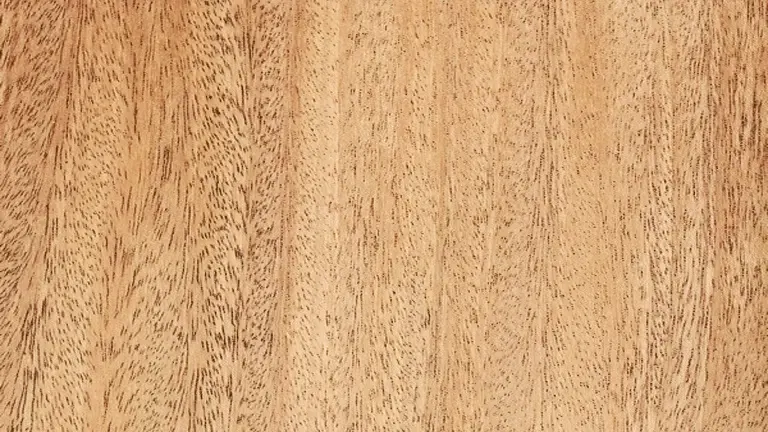
Beyond aesthetics, mahogany boasts excellent workability, allowing for ease in cutting, shaping, and carving. It glues and finishes exceptionally well, making it ideal for intricate woodworking projects, high-end furniture, cabinetry, musical instruments, boat building, and decorative veneers.
Moreover, its natural resistance to decay and rot ensures its suitability for both indoor and outdoor applications, such as outdoor furniture and decking. However, given its popularity and limited availability, genuine mahogany can be relatively expensive, and responsible sourcing from sustainably managed forests is essential to protect these valuable trees and maintain their long-term viability in the global market. In terms of sustainability, mahogany faces conservation challenges, with several species listed on the CITES Appendix II. As a result, responsible harvesting practices and stringent regulations are vital to preserve these species and their ecosystems.
| Property | Description |
|---|---|
| Common Name(s) | Mahogany |
| Scientific Name | Genus: Swietenia (various species) |
| Distribution | Tropical regions, primarily in Central & South America, Africa, and Asia |
| Tree Size | Medium to large, reaching heights of 100-150 feet (30-45 meters) with diameters of 3-6 feet (1-2 meters) |
| Average Dried Weight | 35-45 lbs/ft3 (560-720 kg/m3) |
| Specific Gravity | 0.56-0.72 |
| Janka Hardness | 800-1,200 lbf (3,560-5,340 N) |
| Modulus of Rupture | 11,000-20,000 psi (76-138 MPa) |
| Elastic Modulus | 1.5-2.0 million psi (10-14 GPa) |
| Crushing Strength | 6,000-8,000 psi (41-55 MPa) |
| Shrinkage | Radial: 3-5%, Tangential: 7-9%, Volumetric: 11-15% |
Characteristics
Color/Appearance
Mahogany’s color is one of its most captivating features. Initially, it displays a warm reddish-brown tone, which becomes deeper and more vibrant as the wood ages and is exposed to light. This aging process creates a beautiful patina that adds character and enhances the wood’s appeal. Additionally, mahogany often exhibits darker streaks or highlights, which further contribute to its distinctive appearance. When meticulously finished and polished, the wood boasts a natural luster that exudes elegance and sophistication, making it a preferred choice for high-end furniture and decorative items
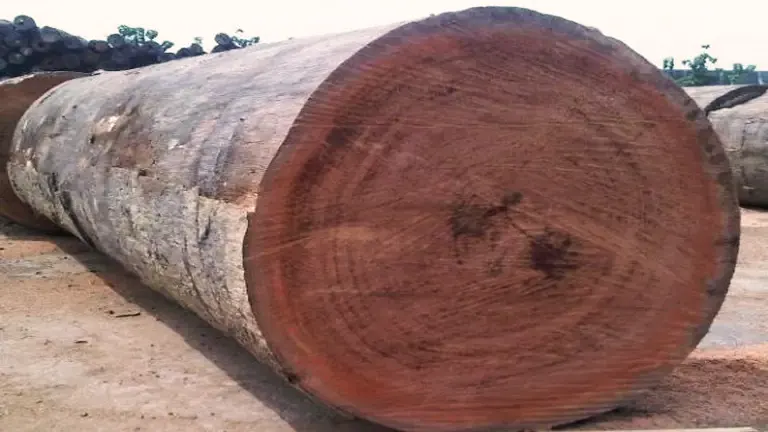
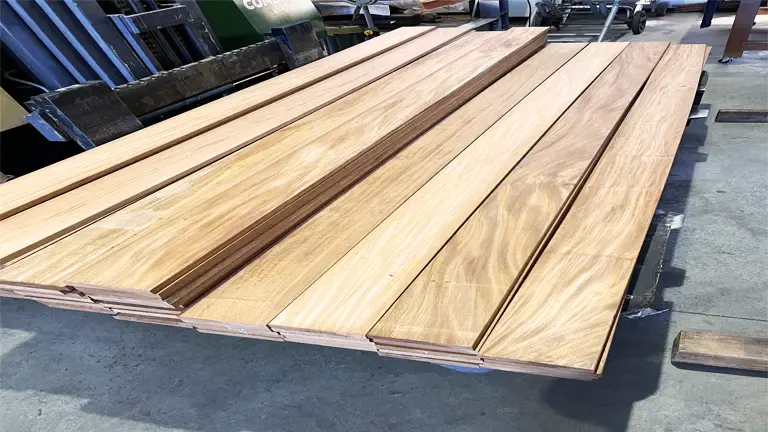
Grain/Texture
The grain pattern of mahogany is usually straight, but it can also display interlocked or irregular grain in some species. This grain variation contributes to the wood’s stunning visual appeal, as it creates subtle light and dark areas on the surface. The texture of mahogany is smooth and uniform, which adds to its attractiveness and ease of working with. Woodworkers appreciate its consistent texture, as it allows for clean cuts and a polished, refined finish, making it an ideal material for intricate carvings and detailed craftsmanship.
Rot Resistance
One of the most significant advantages of mahogany is its natural resistance to decay and rot. This inherent property makes it well-suited for various applications, including both indoor and outdoor use. When used in exterior settings like outdoor furniture or decking, mahogany’s resistance to decay ensures its durability and longevity, even when exposed to the elements. For interior projects like fine furniture and cabinetry, its rot resistance helps maintain the structural integrity and aesthetics over time.
Workability
Mahogany is highly regarded for its workability and versatility. Its relatively soft texture makes it easy to cut, shape, and carve, allowing artisans to create intricate designs and detailed embellishments. Woodworkers often appreciate how well it responds to hand and machine tools, making it a joy to work with for both beginners and experienced craftsmen. Additionally, mahogany’s ability to glue and finish exceptionally well contributes to the high-quality finish achieved in fine woodworking projects.
Odor
When freshly cut, some species of mahogany emit a pleasant, sweet aroma. This aromatic quality enhances the experience of working with the wood and is often considered a pleasant characteristic by artisans and woodworkers alike.
Allergies/Toxicity
While mahogany is not commonly associated with severe allergic reactions, some individuals may experience respiratory irritation when exposed to mahogany dust. Proper protective measures, such as wearing a dust mask and ensuring adequate ventilation in the workspace, are essential to minimize potential health risks.
Pricing/Availability
The limited supply of genuine mahogany, coupled with its high demand, contributes to its relatively expensive price tag. As a result, the availability and cost of mahogany can vary based on the region and the restrictions imposed on logging and trade of certain species due to conservation concerns.
Sustainability
Many species of mahogany are listed on the CITES Appendix II, reflecting the need for sustainable management and responsible harvesting practices to protect these valuable trees from overexploitation and depletion. Sustainable sourcing and adherence to regulations are crucial to preserving mahogany for future generations and maintaining ecological balance in its native habitats.
Common Uses
Mahogany’s versatility and exquisite appearance make it a favored material for a wide range of applications. It is commonly used in fine furniture, where its luxurious appearance enhances the beauty of pieces like tables, chairs, and cabinets. The wood’s excellent acoustic properties make it a preferred choice for crafting musical instruments like guitars and pianos. Additionally, mahogany’s rot resistance and workability make it a popular material for boat building and outdoor structures. Its decorative veneers are also widely used to add a touch of elegance to various interior and architectural designs.

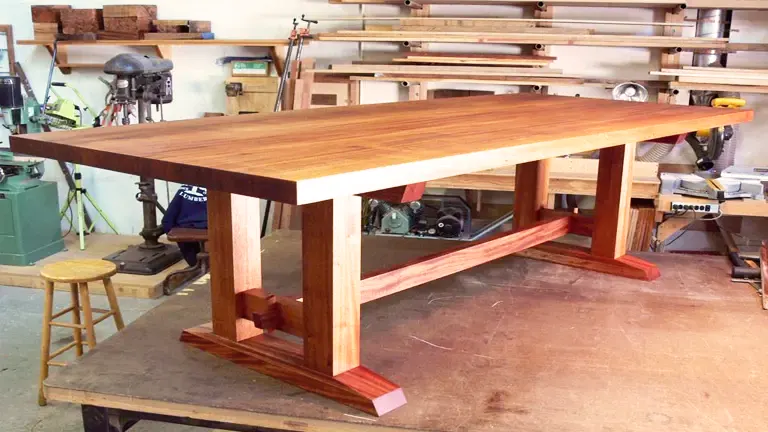
Here are some of the different kinds of Mahogany lumber:
- Genuine Mahogany (Swietenia macrophylla): Also known as Honduran mahogany, this species is highly prized for its exceptional quality and beauty. It features a rich reddish-brown color, straight to interlocked grain, and a smooth texture. Genuine mahogany is renowned for its workability, rot resistance, and stunning appearance, making it a favorite among woodworkers for fine furniture, cabinetry, and musical instruments.
- Sapele Mahogany (Entandrophragma cylindricum): Sapele is a popular African mahogany species known for its attractive appearance and exceptional durability. It typically features a darker reddish-brown color with ribbon-like or interlocked grain, which creates striking visual patterns. Sapele is commonly used for furniture, cabinetry, flooring, and musical instruments.
- Philippine Mahogany (Shorea spp.): The term “Philippine mahogany” refers to several species of the Shorea genus found in Southeast Asia. Despite its name, this wood is not a true mahogany but shares some visual similarities. It often features a reddish-brown color, interlocked grain, and a smooth texture. Philippine mahogany is commonly used for furniture, cabinetry, boat building, and outdoor applications.
- African Sapele Mahogany (Entandrophragma cylindricum): This wood is often referred to as African Sapele to distinguish it from Sapele mentioned earlier. It is still part of the African mahogany family and shares similar properties, including a reddish-brown color, interlocked grain, and excellent workability. African Sapele is used in furniture, cabinetry, interior trim, and veneers.
Frequently Asked Questions
- Is mahogany suitable for outdoor projects?
Yes, mahogany’s natural resistance to decay and rot makes it suitable for outdoor applications such as decking and outdoor furniture. - Is all mahogany endangered?
While some mahogany species are endangered, not all fall into this category. It’s essential to source mahogany from responsibly managed forests and sustainable suppliers. - How can I maintain the beauty of mahogany furniture?
Regular dusting and gentle cleaning with a mild detergent will help preserve the wood’s appearance. Applying a protective finish can enhance its durability and maintain its luster.
We’d love to hear from you! Share your personal experiences and thoughts about Mahogany Lumber in the comments section below. Your insights could help fellow woodworkers make informed decisions!


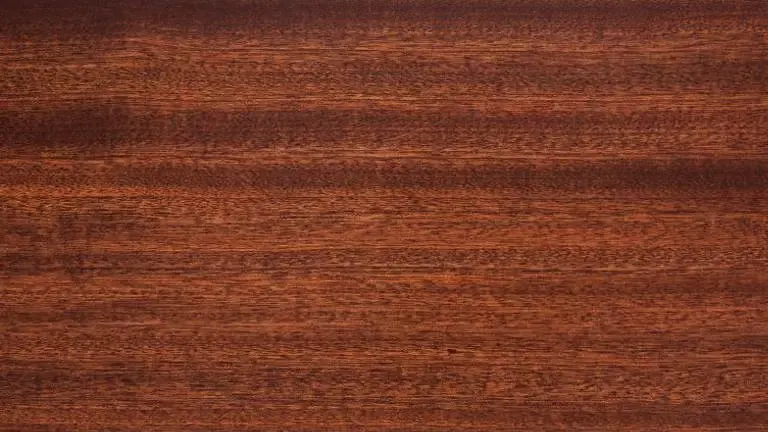
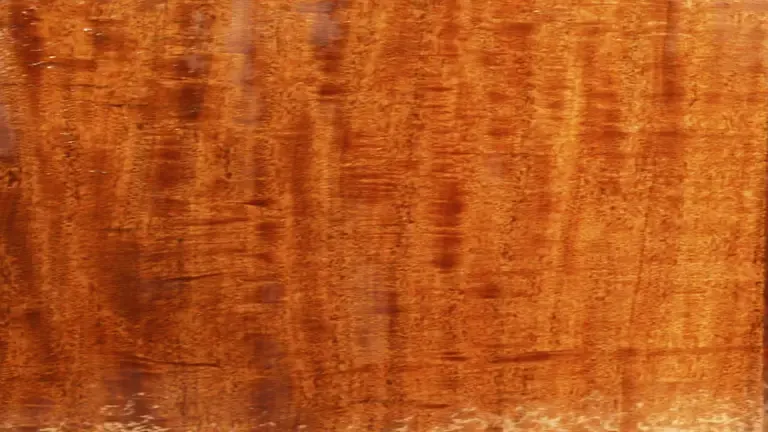
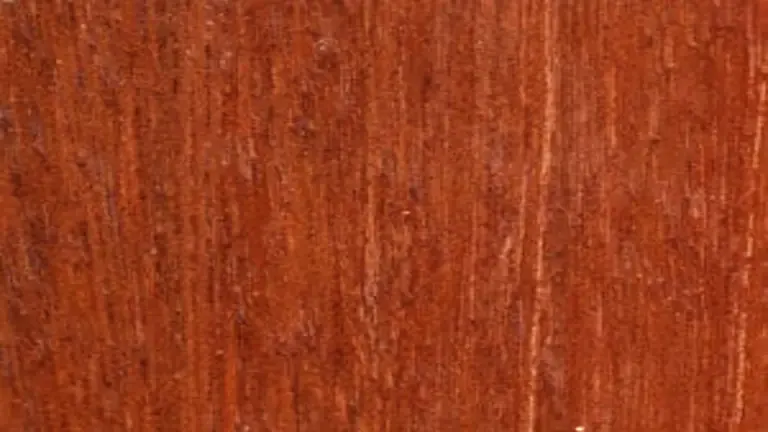
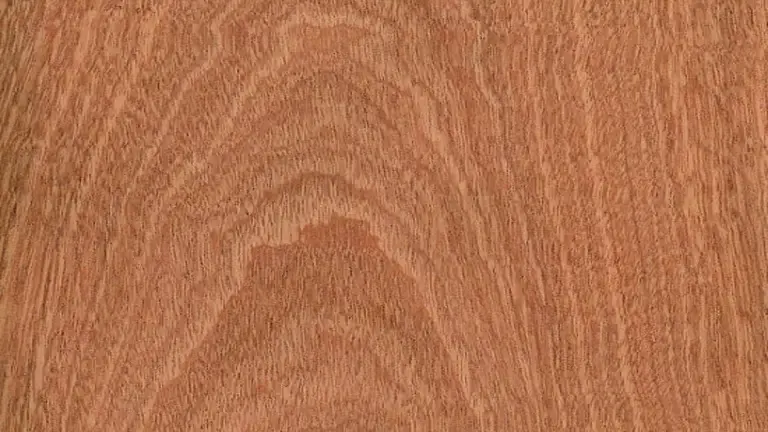
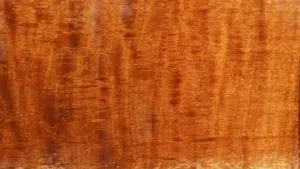

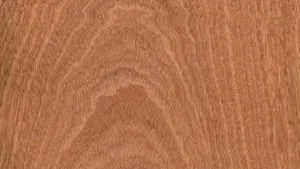
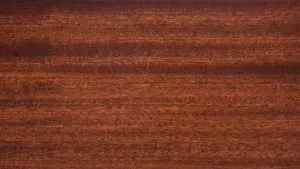
Leave your comment